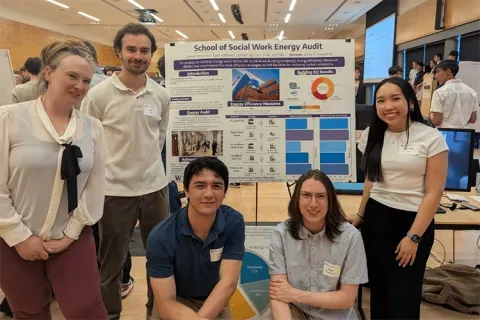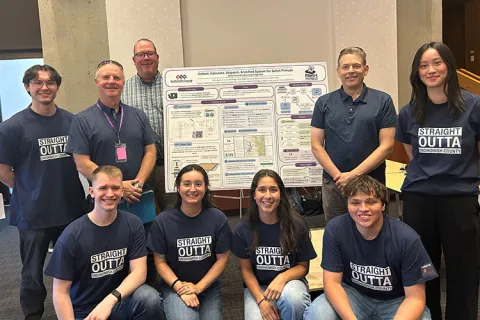GE Vernova
AI/ML for Electric Distribution Grid Outage Analysis
GE VERNOVA's Advanced Distribution Management System (ADMS) includes a suite of applications designed to meet real-time management needs of electric distribution utilities. Fault location and outage assessment have long been an area of interest for electric utilities, who are aiming to find the failure locations as fast as possible to minimize the impact. AI/ML has been extensively researched to be used with real-time prediction of the location of faults. Archived fault location data when used with AI/ML has the potential to better forecast outages. Forecasting outages during extreme events, or even under normal conditions, provides a better understanding of the distribution grid and highlights vulnerable locations of the grid. This also provides opportunities for long term system planning as well as extra tools during extreme events. Current literature presents a range of AI/ML methods for outage forecasting, most consider every outage as a single point that is fed to the predictive model and output is usually a binary classification of the devices as impacted or operational. While this binary classification could be useful in certain instances, e.g., day ahead forecasting, they do not offer a deep knowledge of the system for long term planning or reliability and resiliency analysis of the system. This student team will work to develop a AI/ML application that can analyze/simulate using real-time data and meteorological information to predict grid outages. The application should provide a risk assessment of the network through indices, probabilities, or classification of the assets. The student team should also work to present and examine optimal visualization of the results. The student team can work to train the application with historical outage data as well as weather forecasting at the time of event. This student team can work to use archived data (actual data driven from real events), oversampled mixture of real data, or synthetic data generated by ADMS. The student team can also work to devise a preprocessing step to address data generation, data cleaning, normalization, and feature extraction. The student team should work to evaluate the well-suited approaches to the problem at every step of the way from data generation to results presentation.
Faculty Adviser(s)
Baosen Zhang, Electrical & Computer Engineering
Related News

Mon, 10/13/2025 | UW Mechanical Engineering
Capstone collaboration leads to award
An ME capstone team received first place for its energy audit of the UW School of Social Work building.

Thu, 07/17/2025
UW engineering students develop smart ballot solution
UW engineering students develop smart technology solution to improve ballot collection for Snohomish County.

Mon, 07/07/2025 | UW Mechanical Engineering
Capstone creations
Students displayed innovative capstone design projects at the 2025 expo.

Fri, 09/20/2024 | UW Civil & Environmental Engineering
Smarter irrigation for a greener UW
A new project combines satellite data with ground sensors to conserve water and create a more sustainable campus environment.